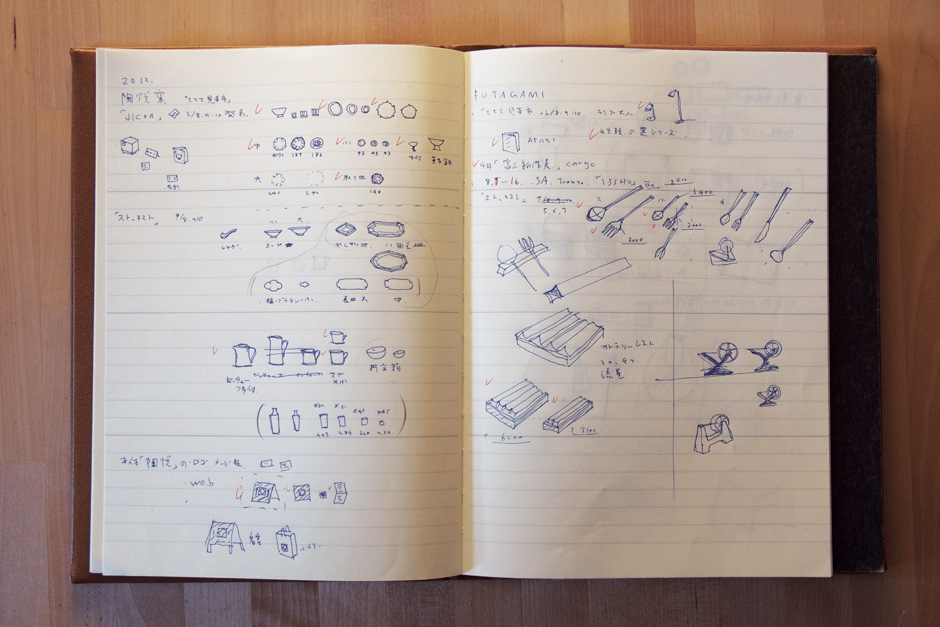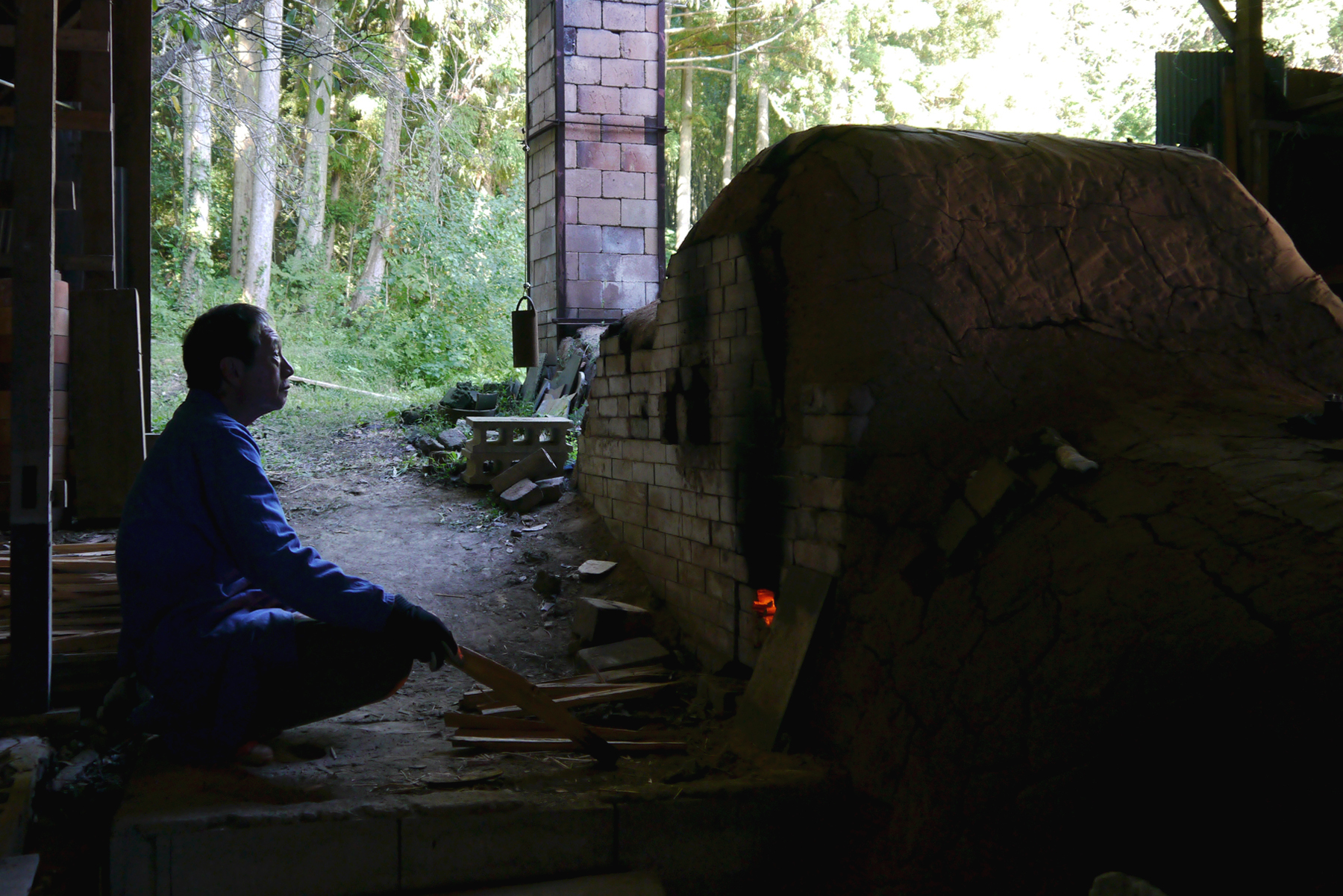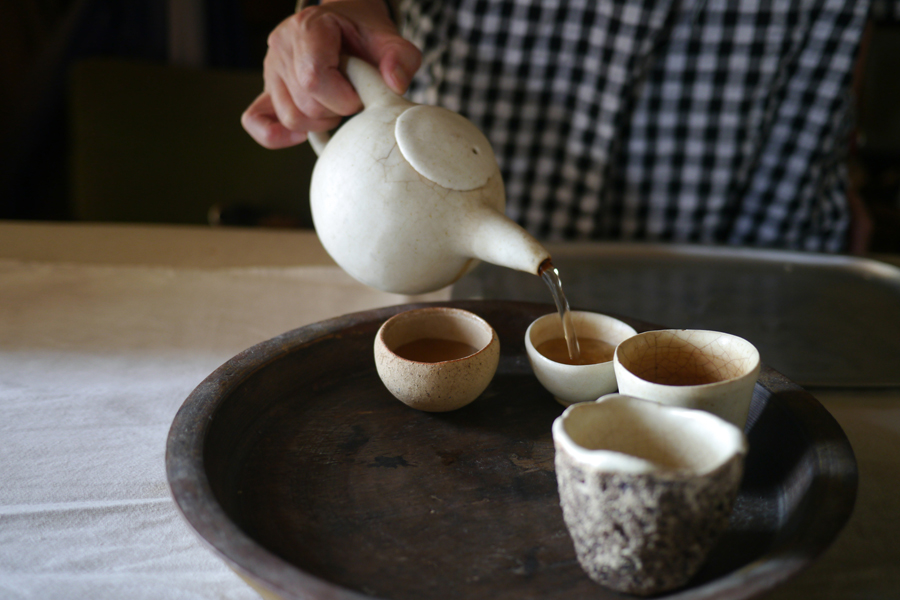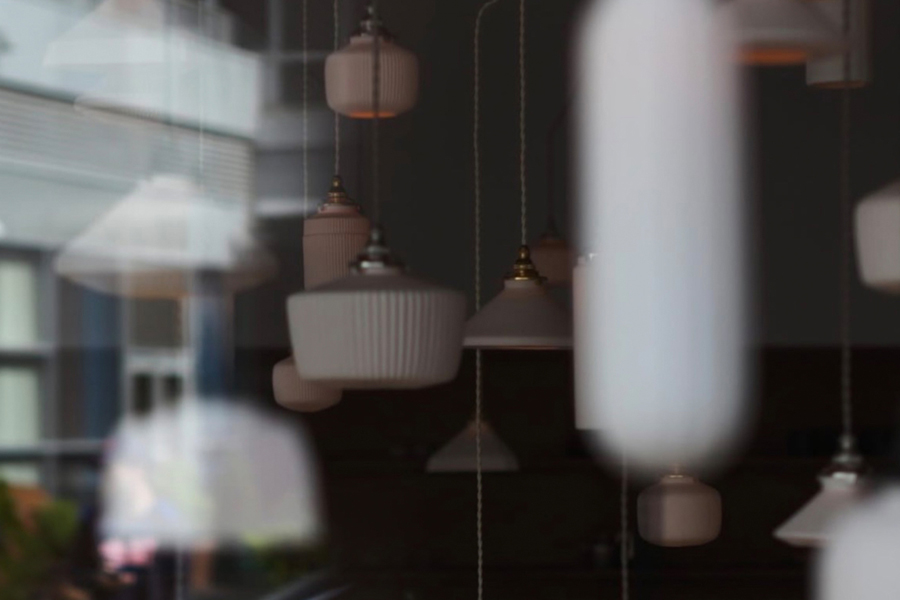Awakening the Raw Material: A Dialogue with Oji Masanori
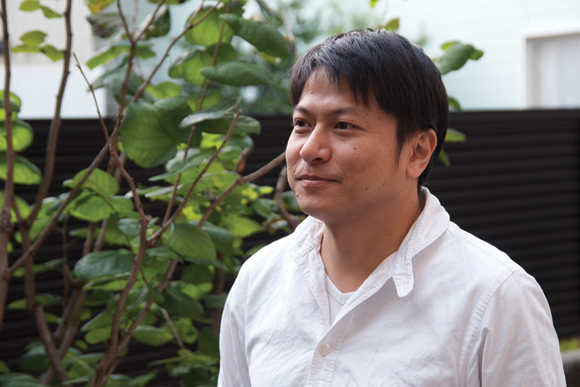
It is 3pm on a pleasant Tokyo afternoon, our train intercom prompts us that JR Kawagoe station is approaching. We were told to wait at the station for a ride that will bring us to the studios of Oji & Design. Once we debark, we are quickly greeted by Oji Masonori waiting just outside the train station. This unexpected warm greeting from the creative director himself, immediately tells me that he’s the kind of guy who’s considerate and thoughtful. Much like his designs.
We found ourselves at his home which connects to his studio. His family exude the same warm feeling that greeted us at the train station. After the grand tour of his workplace, we chat over green tea and naturally hit it off when talk of our favorite materials comes up.
When it comes to his guiding principles, Oji shares the same philosophy we do about retaining the spiritual essence of the material. “I think about producing items that have that sense of connection, as well as a sense of the raw material they are made from,” he states. An idea he terms, ‘living products’. This affinity towards designing objects that age well is especially evident in the beautiful brass objects he designed for Futagami, the renowned Japanese brass company.
With these beliefs, we feel like Oji & Design is a studio with one of the clearest points of view coming out of Japan and we have a strong feeling that he will continue to be a leading voice as part of the next generation of outstanding Japanese designers. With copious amounts of awards already under his belt, and plans to open up a shop called “Kumu” with his friends , we predict he is well on his way to leaving behind a legacy as everlasting as his ‘living products’.
The interview was conducted in English and Japanese. Both languages are published so as to not lose meaning in the translation for native readers.
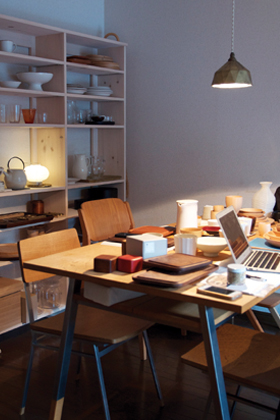
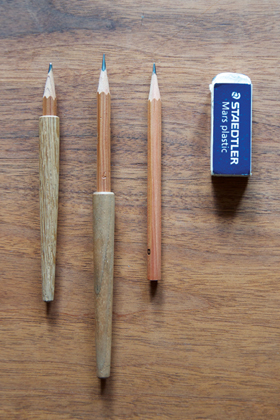
Hello Oji, can you tell our readers a bit about how you got started in design?
OM: First of all, I went to architecture school to study theory, then after working at a graphic design office for a year and a half, I started my own independent graphic design office. I’m self-taught when it comes to product design.
まず書を学び建築の学校にいってグラフィックの事務所で1.5年働いて25歳でグラフィックの事務所をつくって独立。プロダクトデザインは独学です。
Many of the Japanese designers we represent also share a common path by starting their careers from the field of architecture, then slowly transitioning into product design…
OM: I’ve been influenced by calligraphy, architecture, graphic design – various fields – and my current style is a mixture of those influences. Having studied architecture, I am able to look at things from a bird’s eye view, with an eye towards both a historical perspective and utility to the public.
書道、建築、グラフィックデザイン、様々な事に影響を受けて、それが混在して今の私があります。建築を学んでほんの少しだけ物事を俯瞰的に歴史的に公共的に見ることができるようになりました。
What other influences play a role in your designs?
OM: I’m not really sure. Certainly, all my experiences and the circumstances under which I am designing influence me, but I believe first and foremost in my own intuitions.
よくわかりません。すべての経験とデザインする時の状況は確実に影響していますが、まず自分が直感したことを信じています。
What is your working style like?
OM: I do my work thinking of it as my life, rather than my job. I want to set work and life as close to each other as possible.
仕事だと思わないように人生だと思うように仕事をしています。生活の場と仕事の場を出来るだけ近くに設定したいです。
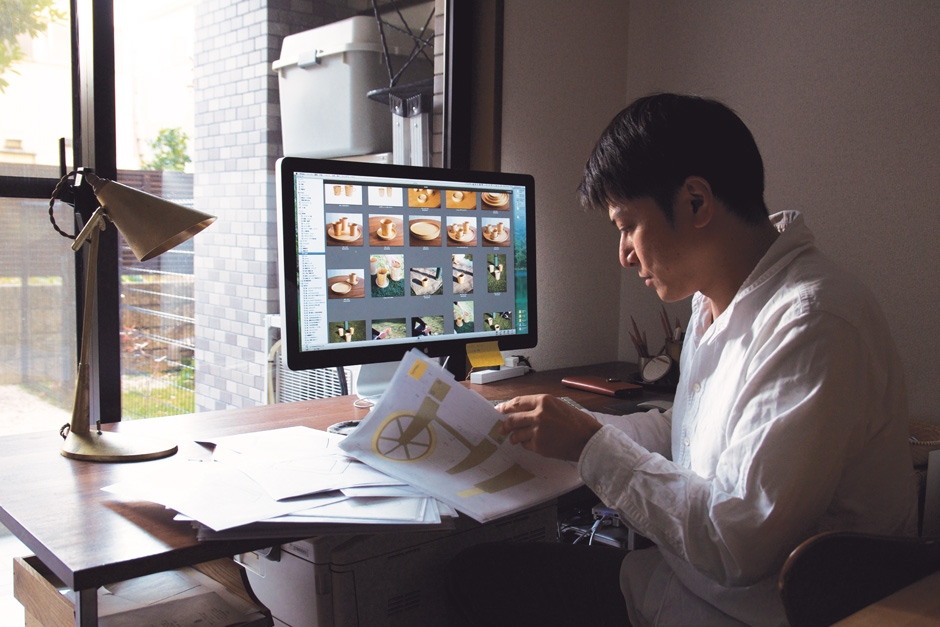
“I design by thinking about people like my friends and family, and the things I want to have in the spaces around me.” – Oji Masanori
One of my favorite questions to ask a designer is regarding the tools they use to realize their designs. What are your favorite tools and why?
OM: Paper and pencils. For me at least, it’s all too obvious that if I didn’t have them, and care about them the way I care about the air I breathe, it would be a big problem. They are tools by which I express my thoughts to myself, and quickly exhaust the pointless ones, and moreover they are tools which allow me to take the first step in bringing wonderful ideas to fruition when they occur to me.
紙と鉛筆。自分にとっては空気のように当たり前すぎて大事にしていないが、無いと困るものです。自分の考えを自分に知らせる道具、つまらない考えを早く飽きるための道具、そして素晴らしい着想を実現させる第一歩になる道具です。
I first came upon your works when I was introduced to the Futagami brass objects. I thought your designs were well considered and very appropriate for the material. Can you tell me about how working with different materials can influence your designs?
OM: Every material has its own characteristic properties. Skillfully utilizing a material is the mission of design, and sometimes there isn’t a right material for every shape. In the case of brass, I think about a function and a shape that suits its weightiness and its treated surfaces.
それぞれの素材はそれぞれ固有の特性があります。素材をうまく生かすのがデザインの使命で、形のために素材があるのではありません。真鍮の場合は重さや表面処理に見合う機能と形を考えています。
Do you ever think about how your designs translate to the North American audience?
OM: Firstly, I design by thinking about people like my friends and family, and the things I want to have in the space around me. I don’t know that much about North America, but I think about the situation of my North American friends, and then think about what kinds of things would be useful to both of us.
まずまわりの家族や友人と私の間にあってほしいものを考えてデザインします。北米の事はよくわかっていませんが、北米の友人のことを考えて、彼らと私が一緒に使えるものは何かということは考えています。
Is there one particular thing you want to design before the end of your career?
OM: I’m thinking about designing the structure of a tomb before I die.
死ぬ前にはお墓の仕組みを作ろうと思っています。
Lastly, how do you want to be remembered as a designer?
OM: Many of the manufacturers I am involved with have been around for more than a century. Since they have continuously produced their products for a hundred years, I want to pour my efforts into seeing they continue to produce them for a hundred more. I don’t care if I’m remembered or forgotten, as long as I’m that kind of person. The items I’ve designed will remain, after all.
私が関わっているメーカーは100年以上続いているメーカーが多いです。100年作り続けてきて、もう百年作り続けることができるようなことに力を注ぎたいです。そのようなことをした人と思われても忘れられてもいいです。ものは残るでしょう。
